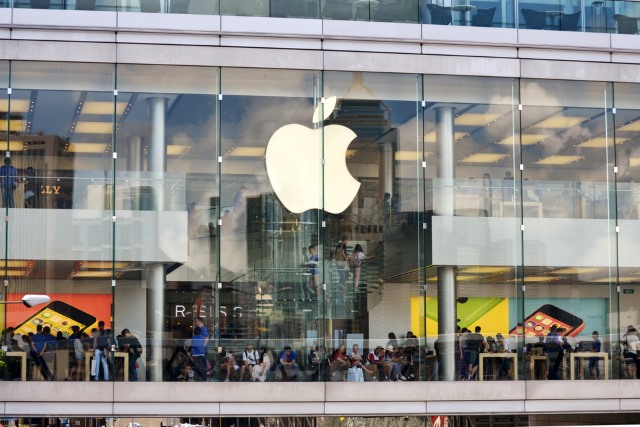2016 set to be the year of malware targeting Macs and iOS

Security has long been an issue for Windows users. The sheer number of devices running Microsoft's operating system makes it a prime target for malware and virus attacks. More recently, Apple's computers have increased in popularity and security firm FireEye says that the company will find itself in the crosshairs in 2016.
It's not just Macs and MacBooks that are predicted to become more frequent targets, iOS is also expected to come under attack. FireEye warns that weaknesses have been found in Apple's walled garden, and this could spell danger for users. Symantec is issuing similar warnings, citing Apple's ever-growing user base as the reason.
FireEye's researchers discovered Masque Attack back in 2014 -- an attack vector that made it possible to replace legitimate apps with malicious ones. This is not the only way that attackers have found to sneak malicious software into the App Store, and it's something that's set to continue. In a white paper entitled "Looking Forward: The 2016 Security Landscape", FireEye's Bryce Boland says:
In 2016, Apple will become more heavily targeted. Apple's market share in desktop and mobile continues to increase, making the tech company’s products more valuable for criminals to attack. Apple’s traditionally secure software and devices have experienced some interesting threats in recent years, some of which have remained persistent and have evolved over time.
He also warns that payment systems such as Apple Pay are likely to be targeted by criminals, and suggests that the Internet of Things means that the impact of any attack could have far greater impact than previously possible.
Symantec reports that there were more than nine times as many OS X malware infections in 2015 compared to 2014. Researcher Dick O'Brien says:
This is far fewer than Windows desktops and we don't want to scaremonger. Apple remains a relatively safe platform but Apple users can no longer be complacent about security, as the number of infections and new threats rise.
Photo credit: Maen Zayyad / Shutterstock
